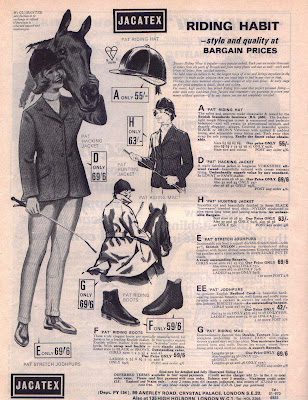Review: Marie-Louise Jensen - Runaway
I bought this book by mistake at the Cambridge conference, when I was too busy chat, chat, chatting to keep a proper eye on what I was doing. I would never have picked this up normally, frankly being 100% put off by the cover. Do not be. There are no lipstick-wearing, long-haired pouting beauties in the book. Who designs this stuff? Do they actually read the book? When was lip gloss a staple of the 1700s?
For that is what this story is set, and it is rather good. In fact, I thoroughly enjoyed it.
Charlotte and her father have travelled back to England from the Americas, after the death of her mother. Charlotte’s brother has stayed in America. The book opens with the complete destruction of Charlotte’s life when she returns to their latest squalid lodging to find her father dead, and his murderer still there, searching for her father’s papers. She escapes, with the papers, but the murderer has vowed to follow her, and worse, she finds she will get no help from the authorities: quite the reverse. Charlotte finds out very soon what imbalance of power exists in Britain between the rich and the poor, and between men and women. She can do something about the latter, and so she disguises herself as a boy, and manages to find herself a temporary job with a string of packhorses. When that job finishes, she eventually ends up as a stable boy/girl in a grand house.
For that is what this story is set, and it is rather good. In fact, I thoroughly enjoyed it.
Charlotte and her father have travelled back to England from the Americas, after the death of her mother. Charlotte’s brother has stayed in America. The book opens with the complete destruction of Charlotte’s life when she returns to their latest squalid lodging to find her father dead, and his murderer still there, searching for her father’s papers. She escapes, with the papers, but the murderer has vowed to follow her, and worse, she finds she will get no help from the authorities: quite the reverse. Charlotte finds out very soon what imbalance of power exists in Britain between the rich and the poor, and between men and women. She can do something about the latter, and so she disguises herself as a boy, and manages to find herself a temporary job with a string of packhorses. When that job finishes, she eventually ends up as a stable boy/girl in a grand house.
Charlotte finds life is looking up. There is Lawrence, the estate manager, and the horse, Belle, and she falls for them both. This does somewhat complicate things with Lawrence, as he of course thinks she is a boy. Meanwhile, the mystery behind Charlotte’s papers gallops to a gripping and satisfying conclusion.
I particularly enjoyed the book’s exploration of the life of a pack horse and its attendants – historical novels involving the horse tend to concentrate on life in the grander stable, and I liked the way the author seized the opportunity to cover equestrian life in several different guises on its way to life in the grand stable. That said, if you want to learn about life as a stable boy/girl, there is a realistic depiction of life on the other side of the stable door, and of a time when the horse was a central, and vital, part of life.
This story isn’t just a history: it’s an involving gallop through fractured family histories and mysteries. Although Charlotte does end up on the right side of the balance of power, you are left in no doubt about what life was like for most of our ancestors, with no chance of any change.
***
Marie-Louise Jensen: Runaway
OUP, 2014
£6.99
Suitable for 11+
£6.99
Suitable for 11+



Comments